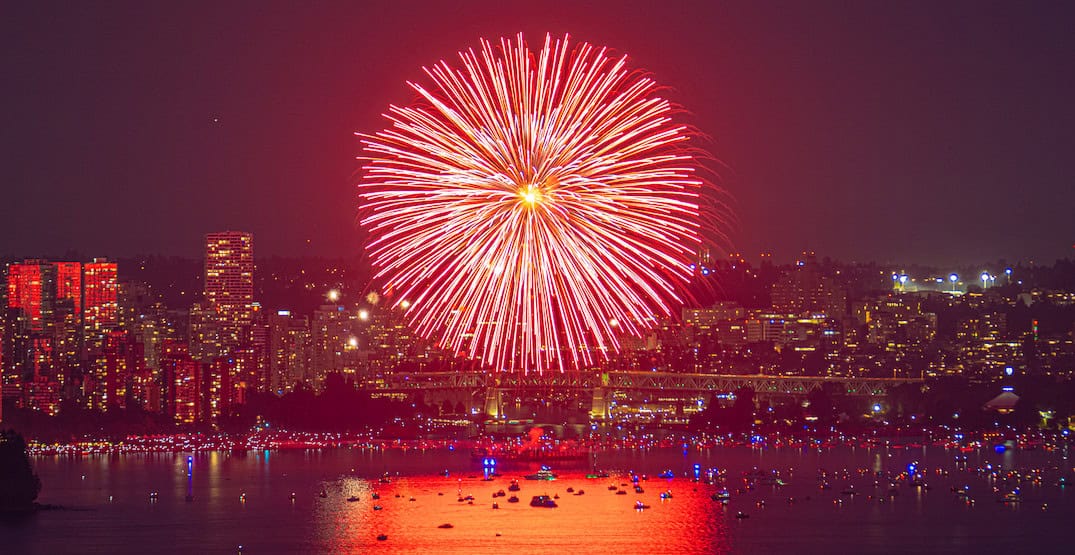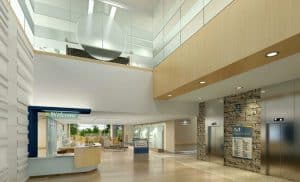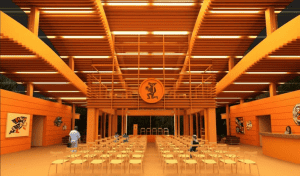As West End Vancouverites for nearly 30 years, my partner and I (along with our 4-legged family members) have seen—not to mention, heard—many, many fireworks displays and competitions. They’re a local hallmark of midsummer, beloved and loathed in equal measure by many of us who live in the neighbourhood that hosts the yearly Celebration of Light.
Cancelled in 2020 and 2021 due to the ongoing COVID-19 pandemic, the festival relaunched (so to speak) on the evening of Saturday, July 23, 2022 with an opening display featuring the Akariya Fireworks team from Japan. Midnight Sun Fireworks, representing Canada, wowed the crowds on Wednesday, July 27. As this blog post “goes live”, Pirotecnia Zaragozana from Spain is scheduled to compete tomorrow: Saturday, July 29.
Festivity and spectacle notwithstanding, fireworks-related environmental concerns abound both here and globally—compromised air and water quality to name but two—and plenty of research substantiates them. These important issues are, however, out of my noisy little wheelhouse for the time being.
In this overview of fireworks from an acoustic perspective, I’ll briefly touch upon sound as an artistic element before addressing ways it can affect the health and safety of:
- pyrotechnicians
- spectators
- nearby residents
- pets
- wildlife.
I’ll also present some options for mitigating harmful noise.

Nice name. Shame about the sponsor.
The Vancouver annual fireworks festival was called Symphony of Fire until an enforced sponsorship change in the early 1990s severed organizer ties to the tobacco industry. I always liked that name for alluding to the dedicated artistry involved in painstakingly curating musical selections and synchronizing them with pyrotechnical design. This Titanium Fireworks article is a great read if you’d like to learn about how it’s done.
But what about the sound effects of fireworks themselves? Are they intentional as well?
Deafening by design? Not so much.
While explosive sound plays a role in the overall “fireworks experience” for many, turns out not very much of it is actually designed.
In Sounds Of The Fourth: The Science Behind The Snap, Crackle, Boom, NPR’s Ari Shapiro speaks with John Conkling, pyrotechnics specialist and professor emeritus of chemistry from Washington College, about how firework sounds are designed. Excerpt (emphasis mine):
SHAPIRO: Do you actually design how a firework sounds, or is it a by-product of the thing that’s going to flash in the air?
CONKLING: They’re rarely intentional except for several of the effects you mentioned. It’s usually just a secondary phenomenon.
SHAPIRO: So what makes one thing pop when another thing whistles?
CONKLING: Well, it’s the chemistry. It’s the chemical mixture that’s in the firework. And as that mixture burns, it can do different things with respect to sound production. The most typical sound you hear is the boom or the bang when a firework device explodes. That’s typically a charge of good, old gunpowder or black powder that produces that effect. There are more modern bursting charges with metal powders in them that are sharper and louder and flash with a light effect as well so they will rock the ground when they function.
When asked about the possibility of silent fireworks, Conkling explains that “sound is largely a function of how tightly you wrap the firework device that’s thrown up in the air. So if you have it very loosely wrapped, a minor pressure inside that firework will open up the package and light the contents.”
Notably, he goes on to add, “There’s a lot of interest in these quieter fireworks just because people don’t like to bother the neighbors. They’re trying to entertain the people in the immediate vicinity – particularly for theme parks and state fairs that have nightly fireworks shows over a period of time, and every night, those booms can start to, you know, to perhaps bother the residents around the area and so they ask, can you quiet them down? And the industry can do that.”
The view from ground zero:
How do fireworks affect onsite pyrotechnicians?
There are very few detailed studies on firework noise measurement from the occupational health point of view, according to a study published in Journal of Occupational Health, nor on the health effects of hearing impairment caused by firework noise.
Titled Noise and low-frequency sound levels due to aerial fireworks and prediction of the occupational exposure of pyrotechnicians to noise, the 2016 study maintains in an introductory statement that “The working conditions of pyrotechnicians are not always well understood; moreover, even though pyrotechnicians’ work is close to detonations, the actual influences of noise and low-frequency sounds on pyrotechnicians as well as the related health risks caused by firework displays are not always obvious to them.”
This impetus for conducting the study reminds me of an OHS-based article we published in April of 2021. In Something sounds fishy: mitigating noise aboard small industrial craft, I drew considerably from a number of studies on the ways in which noise aboard commercial vessels negatively impacts fish harvesters.
Here too, research indicated that workers were often unaware of their own vulnerability to injury. The need to communicate with other crew members often overrode the advisability of wearing noise protection gear. I suspect a typical work shift scene aboard the fireworks launching barge in English Bay (Vancouver) might play out similarly in such respects.
Hot times in the city
As I prepare to click the “Go Live” button on this article, Vancouver is in the midst of a heatwave. Today must have broken the temperature record for this week, because even the construction crew across the lane from us has cut out early. I’ve been hiding out under a shade umbrella on our rooftop, wearing noise-cancelling headphones (as usual) to soften the not-so-dulcet tones of the masonry saws which have almost made me wistful for the jackhammers of last summer. Almost.
While I’ve got it easier, in terms of working conditions, than the construction folks, I too am “feeling the heat” and ready to call it a (sweltering) day…thankfully, it’s the Friday leading into a long weekend!
So, expect Part 2 of this “explosive” feature in a few weeks, kind readers. And stay cool.



